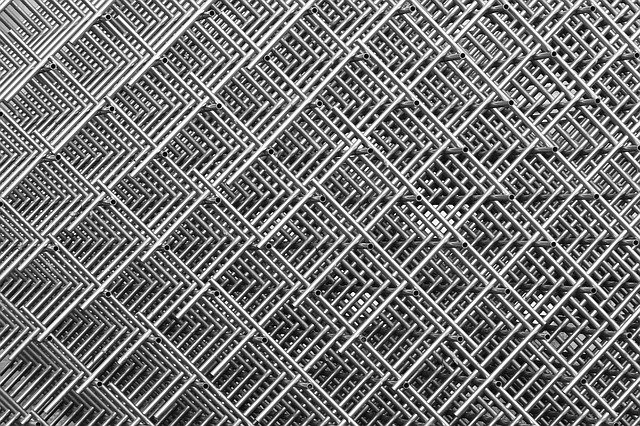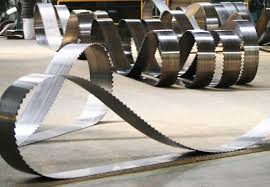Tech News
A Popular Application of Stellite: Cutting Solutions
Sometimes metals are mixed to create a more desirable and suitable alloy. Stellite is a non-magnetic alloy consisting of cobalt and chromium metals as its significant elements. Stellite comes in different chemical compositions to support various applications. Here, you will learn about the benefits of Stellite and two typical applications of this alloy: sawing and cutting.
Materials made of Stellite may have a long service life. Stellite is durable and highly resistant to wear, heat, and corrosion, and you may mold the alloy through casting. Because of the rugged nature of the alloy, Stellite manufacturing demands quality efforts throughout production. You may grind the parts, but cutting may not be feasible.
Stellite as Applied to Saws
Sawing is an application where Stellite may provide you with an advantage. Having saw teeth made from Stellite may have labor-intensive jobs run with fewer glitches. For example, you may be part of a team tasked with cutting down several acres of trees to build housing and commercial development. You may imagine how many days it would take to complete the job contracted out to you. In this scenario, the cutting power and durability of your Stellite saws may make work less of a chore.
Stellite as Applied to Knives
Cutting with knives is another application where Stellite excels. Blades made with Stellite may have honed cutting edges for making a sharper cut. For example, you may work at a meat processing plant where maintaining the sharpness of knives may be a challenge. Stellite’s dense knife blades with built-in elasticity and corrosion resistance may translate to a longer useful life. Additionally, Stellite knives may increase productivity and lower maintenance and replacement costs.
Stellite may provide you with better-performing cutting solutions that help to keep your business ahead of the competition. It may be to your advantage to take the time to learn about this distinct alloy.
Related Posts












